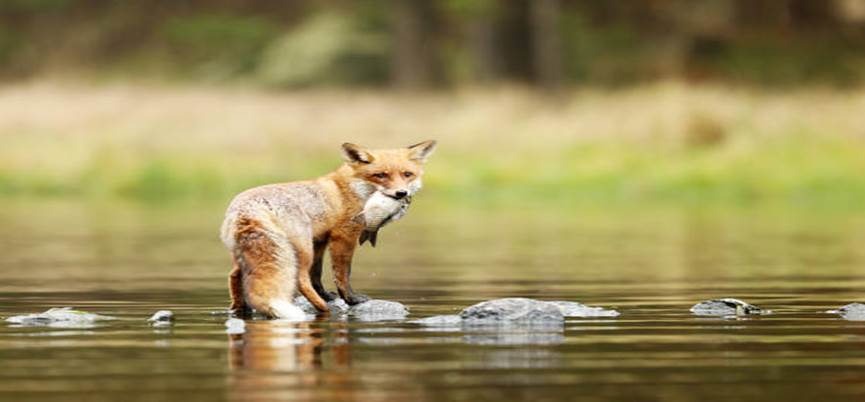On an ordinary afternoon in Louisiana, a woman walking her dog came across a heartbreaking sight. Lying motionless in the grass was an animal that at first looked like she might already be gone. Covered in mosquitoes and too weak to even lift her head, the creature seemed to be at the end of her strength. But when the woman looked closer, she realized the animal was still alive — a fragile, struggling coyote in desperate need of help.
Instead of walking away, the woman made a decision that would change everything. She gently gathered the frail coyote and placed her in her car, then drove an hour and a half to Geaux Wild Rehab, a wildlife rescue center dedicated to giving animals like this one a second chance.
When the staff first saw the coyote, they were unsure if she would make it through the night.
“She couldn’t even pick her head up,” recalled Tisha Raiford, director of Geaux Wild Rehab. “She was very weak, very lifeless.”
Raiford named the coyote Zelda, a name that would soon come to symbolize resilience, courage, and the will to fight.
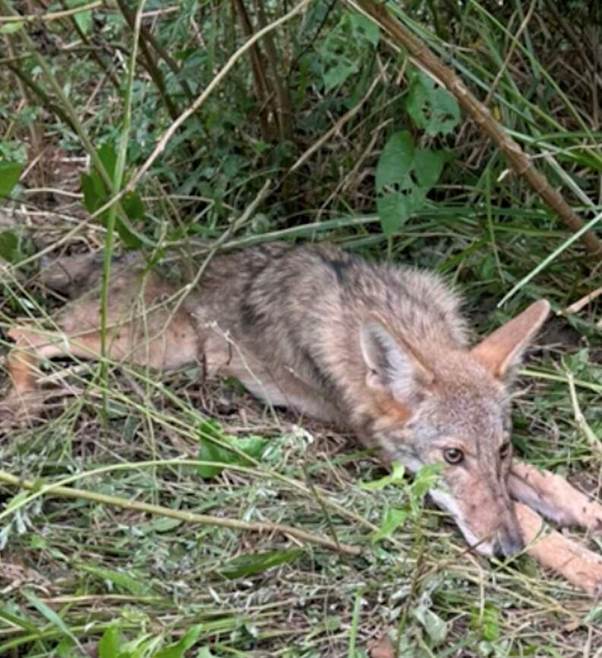
A Fragile Beginning
The veterinary team quickly got to work. They treated Zelda for parasites, gave her vital nutrients, and ran an array of tests, including bloodwork and X-rays. But even after all the diagnostics, the cause of her severe weakness remained unclear.
Still, Raiford refused to let the uncertainty discourage her. She knew that Zelda’s only chance was persistence — from both the coyote and those caring for her.
“She had a will to live, and she didn’t give up,” Raiford said. “That was what I kept reminding myself: as long as she doesn’t give up, I will keep fighting with her and for her.”
Each day, Raiford poured her energy into Zelda’s care. She created a treatment plan that combined a specialized diet, physical therapy, and cold laser therapy to stimulate her weakened muscles. Slowly, she began to see glimmers of hope.
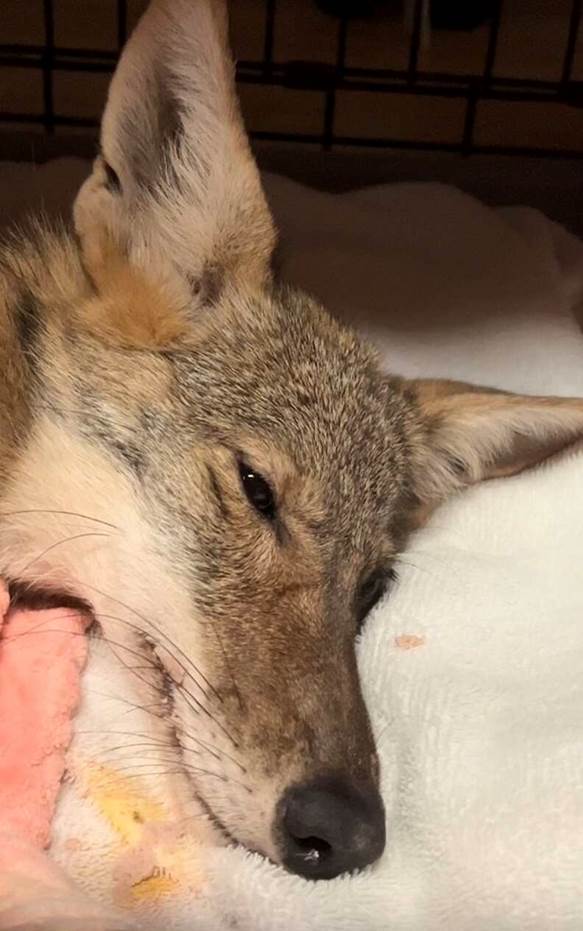
The First Signs of Strength
For weeks, Zelda remained weak and barely moved. Raiford watched over her constantly, encouraging her through every small effort. It was emotionally draining, but Raiford’s belief in Zelda never wavered.
Then, three weeks after her arrival, a breakthrough came. Zelda pushed herself up with her front legs. Though shaky, it was the first sign that her body was beginning to respond.
Just days later, Zelda stood on her own. Soon after that, she began to take careful steps. Each new achievement felt like a miracle.
Raiford described the transformation as both emotional and inspiring. “Every day, she could walk a little farther, stand a little longer. Eventually, she started pacing around her enclosure, and that’s when I knew she was ready for the next step.”
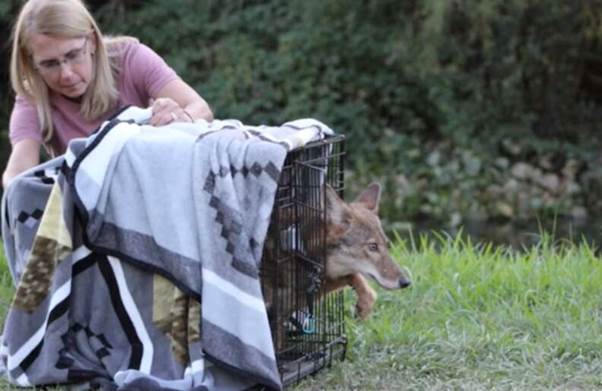
Ready for the Wild Again
Eight weeks after her rescue, Zelda was a completely different animal. Her once-lifeless body was now filled with energy and determination. It was time to release her back into the wild where she belonged.
Before her release, researchers from The Canid Project fitted her with a non-invasive tracking collar. The collar would allow wildlife experts to monitor Zelda’s movements and ensure she was adjusting well to life in her natural habitat. For Raiford, it was also a special gift — a way to continue following Zelda’s journey even after saying goodbye.
The release day was emotional. The woman who had first discovered Zelda joined Raiford, along with the veterinarian who had been instrumental in her care. Together, they stood by as Raiford opened the kennel door.
“I felt tears swelling up in my eyes because I was looking straight at her,” Raiford said. “And you could just see that determination in her eyes.”
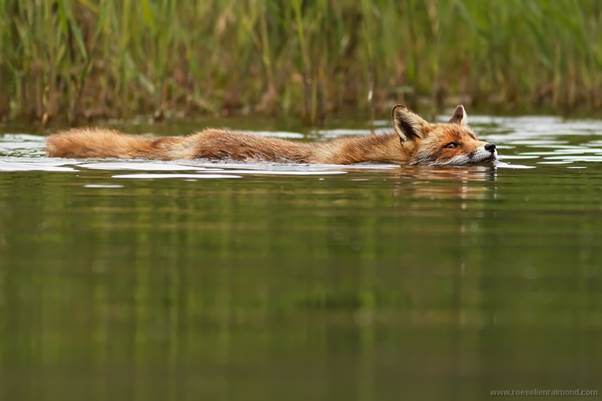
A Perfect Goodbye
As soon as the kennel door opened, Zelda didn’t hesitate. She leapt into the water nearby, swam confidently, and took off running across the land that was once again hers.
“You could just tell she knew where she was,” Raiford said. “She was back home. And when she flew out of that kennel, it was perfect.”
For Raiford, Zelda’s journey was more than just a rehabilitation case. It was a story of hope, persistence, and the incredible resilience of wildlife when given a second chance. What began as a seemingly hopeless situation transformed into a powerful reminder of why every life is worth saving.
Zelda’s story shows that even when an animal appears lifeless, with care and determination, they can reclaim their strength — and their freedom.

